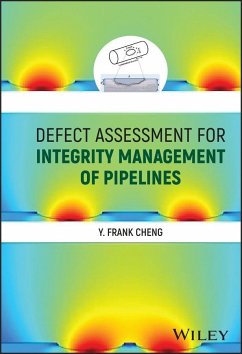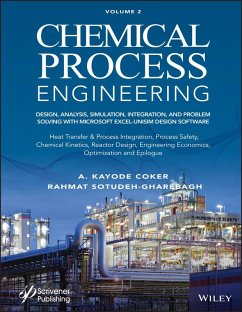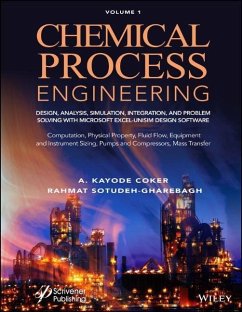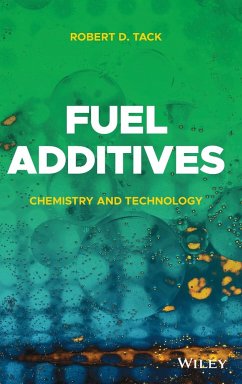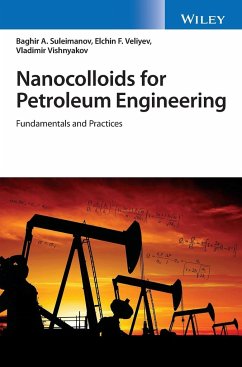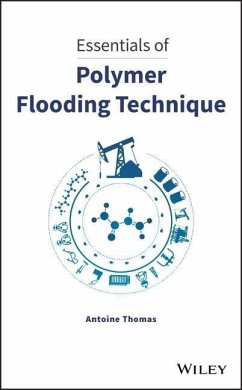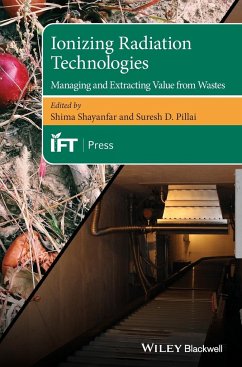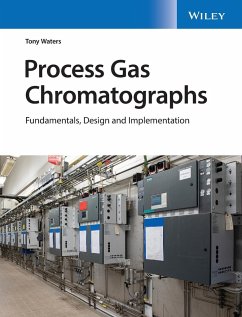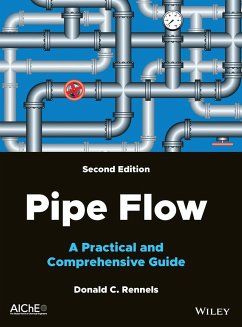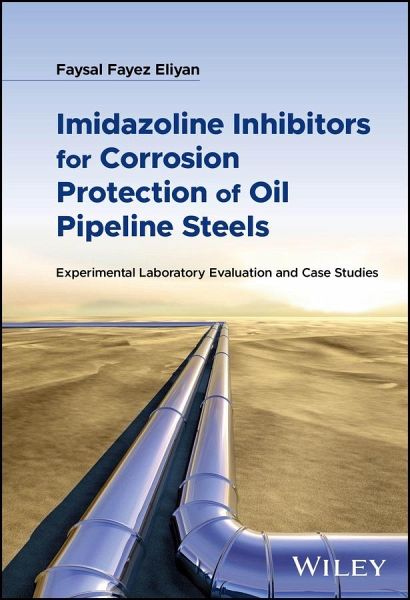
Imidazoline Inhibitors for Corrosion Protection of Oil Pipeline Steels
Experimental Laboratory Evaluation and Case Studies
Versandkostenfrei!
Versandfertig in über 4 Wochen
157,99 €
inkl. MwSt.
Weitere Ausgaben:

PAYBACK Punkte
79 °P sammeln!
Comprehensive and consolidated resource covering the evaluation of imidazoline inhibitors for safeguarding pipeline steels against corrosion, with supporting case studies Imidazoline Inhibitors for Corrosion Protection of Oil Pipeline Steels represents a comprehensive compilation of the experimental findings that delve into the evaluation of imidazoline inhibitors for safeguarding pipeline steels against corrosion, consolidating invaluable insights and discoveries from a multitude of investigations. The experimental methodologies employed encompass a diverse range of techniques, enabling a tho...
Comprehensive and consolidated resource covering the evaluation of imidazoline inhibitors for safeguarding pipeline steels against corrosion, with supporting case studies Imidazoline Inhibitors for Corrosion Protection of Oil Pipeline Steels represents a comprehensive compilation of the experimental findings that delve into the evaluation of imidazoline inhibitors for safeguarding pipeline steels against corrosion, consolidating invaluable insights and discoveries from a multitude of investigations. The experimental methodologies employed encompass a diverse range of techniques, enabling a thorough exploration of the inhibitive properties of imidazoline compounds. The book explores the significance of various corrosion control strategies, including the utilization of a variety of inhibitors, the implementation of pigging techniques, the application of cathodic protection, and the relevant codes and standards. To aid in reader comprehension, the book presents a collection of comprehensive case studies focusing on the corrosion control challenges faced by oil pipeline companies in operations. These case studies incorporate the details of managing pipelines with high gas content, considering factors such as temperature, flow regime, water content, and steel type. Each case study examines realistic parameters, operation conditions, and provides detailed procedures for protecting, monitoring, and evaluating the performance of corrosion control measures. Sample topics covered in Imidazoline Inhibitors for Corrosion Protection of Oil Pipeline Steels include: * Scanning electron microscopy (SEM) and profilometry, transmission electron microscopy (TEM), and scanning Kelvin probe force microscopy (SKPFM) * X-ray photoelectron spectroscopy (XPS), wire beam electrode (WBE), atomic force microscopy characterization (AFM), and polarization modulation infrared reflection absorption spectroscopy (PM-IRRAS) * Influence of physicochemical and flow effects, as well as metallurgical and surface effects, on corrosion inhibition and environmental and operational conditions * Computational studies, such as molecular dynamic simulations and Monte Carlo simulations, density functional theory, and radial distribution function (RDF) A comprehensive and consolidated resource for understanding the experimental evaluation of imidazoline inhibitors on oil pipeline steels, Imidazoline Inhibitors for Corrosion Protection of Oil Pipeline Steels serves as a vital reference for corrosion scientists, engineers, and researchers, offering knowledge and insights to enhance the corrosion protection strategies employed in the oil and gas industry.





